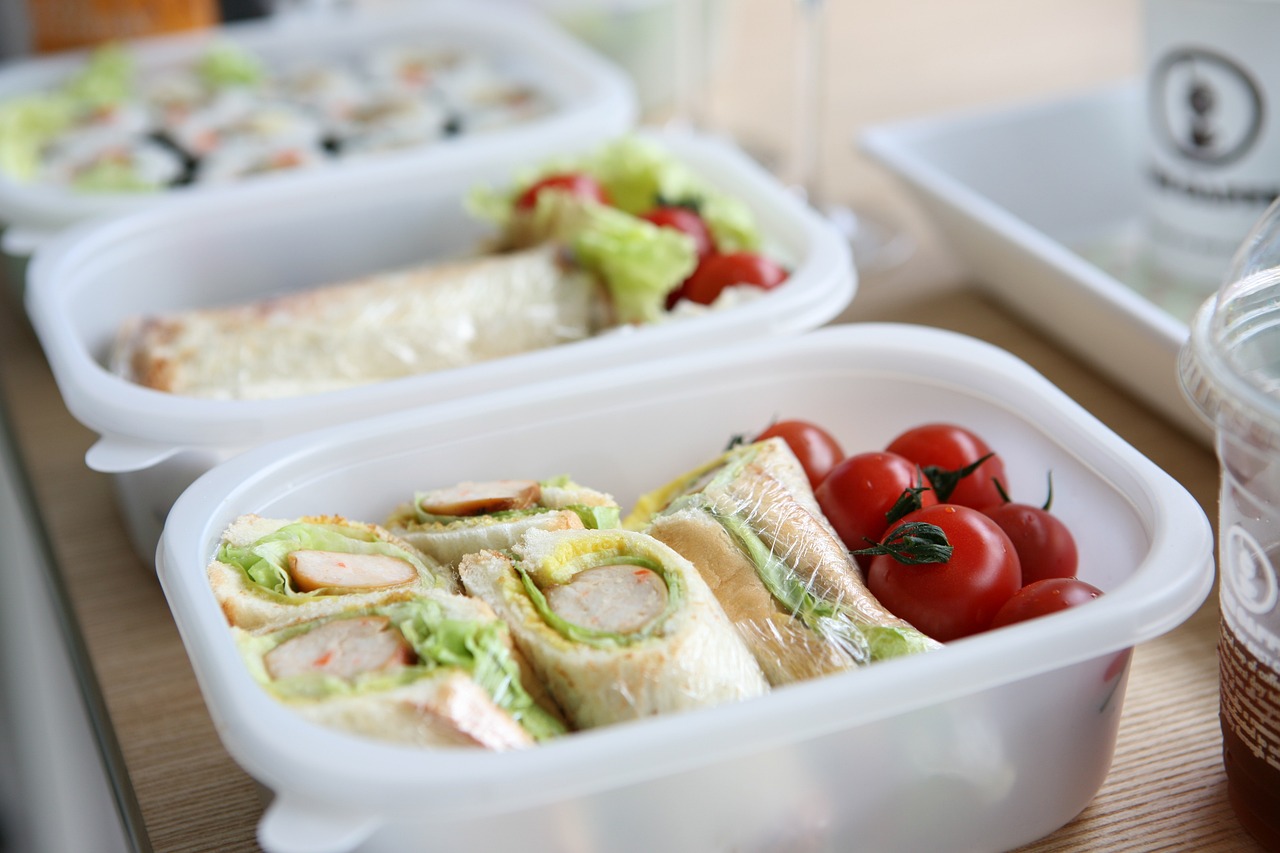
.
Rare is a parent who doesn’t worry about their child’s eating habits, particularly at school. We highly recommend letting the child themselves partner with you on their food journey. When your child gets involved in the preparation of their snack/lunchbox, they:
* Develop motor skills as they prep and pack their boxes
* Practice time management and discipline, which can help you with your morning routine, and set them up with skills for life
* Feel in control of their mornings, so are likely to be in a positive frame of mind
* Eat better, since they signed off on what was packed and won’t end up feeling unpleasantly surprised
How much your child can contribute depends upon their age. It’s best to begin as early as you can. Even two year olds are capable of spreading butter on crackers, cutting fruits with a butter knife, peeling eggs, and putting pre-prepared portions into their boxes.*
As your child grows older (4-5), they can be entrusted with washing, dry, peeling and cutting vegetables. This is also a good time to let them start making decisions on how much to pack in their boxes. Involve them in your grocery shopping (this is a great way to get them to write lists as well!).
 Give them sole responsibility for filling water bottles and placing them in their bags. After a few weeks with reminders, do see if they can do this by themselves. Even if they forget to bring along a bottle on some days, we can provide them with water at school – but discovering the consequences of fulfilling responsibilities serves as a valuable learning experience.
Give them sole responsibility for filling water bottles and placing them in their bags. After a few weeks with reminders, do see if they can do this by themselves. Even if they forget to bring along a bottle on some days, we can provide them with water at school – but discovering the consequences of fulfilling responsibilities serves as a valuable learning experience.
As for elementary age children, aim for them to take full responsibility for their lunches by the time they are 9. Children must be able to go grocery shopping for the week with a pre-prepared list, prep for their food the night before or early in the morning, and pack it themselves. Do support them by helping them with alarms and reminders, as required. Elementary children can also take responsibility for cleaning their food containers at the end of the day.
As parents, you often face a choice: do something for your child, or teach them to do it for themselves? While the former is faster and easier for the adult in the short term, the long lasting benefits of letting a child help themselves cannot be overstated. Do set up a prepared kitchen environment, come up with a realistic plan for your family’s needs, and help your child get started. You will soon start seeing a happier eater!
*Please note that nuts are NOT allowed at school, as we have several children with life threatening allergies. Please refrain from sending in nuts in any form.





No comment yet, add your voice below!